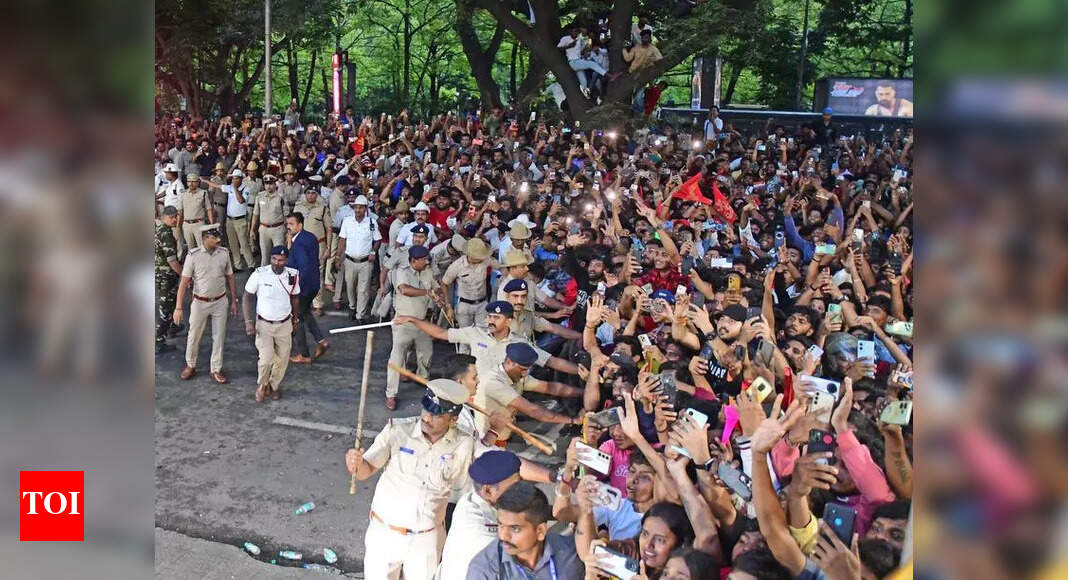Now Reading: 10 Spine-Chilling Zombie Movies to Watch Now
-
01
10 Spine-Chilling Zombie Movies to Watch Now
10 Spine-Chilling Zombie Movies to Watch Now

Quick Summary
- Zombies have been a staple of horror cinema since George A. Romero’s 1968 Night of the Living Dead, sparking decades of genre evolution.
- Zombie films tap into core fears: isolation, societal collapse, and contagion, with different variations from slow-moving zombies to fast sprinters.
- Notable entries include:
– Pontypool (2008) focuses on infection spreading through language in a claustrophobic radio station.
– Night of the Living Dead (1968) introduced relentless undead with deep social commentary and a bleak ending.
– The Horde (2009) highlighted team dynamics amidst fast-paced zombie attacks in a ruined apartment building.
– Dawn of the Dead (1978) paired consumerism critique with intense mall-set survival horror.
– day of the Dead (1985) explored dark human-zombie experiments in an underground bunker atmosphere.
– Return of the Living Dead (1985) blended humor and terror featuring surprisingly smart zombies seeking brains.
– 28 Weeks Later (2007) offered frantic pacing as settlers faced renewed rage-virus outbreaks in London.
– REC (2007) captured panic through found-footage realism during a trapped apartment outbreak with religious themes.
– Train to Busan (2016): combined emotional storytelling with high-speed zombie thrills onboard confined train cars.
– 28 Days Later (2002): redefined zombie terror using ruthless, sprinting infected amid depictions of societal collapse.
Explore more details here: Read More
Indian Opinion Analysis
Zombie films often resonate due to universal themes like survival under pressure and collective vulnerability-a lens applicable even beyond horror genres when reflecting on societal crises like pandemics or environmental threats globally, including india.The creative use of confined spaces such as malls (Dawn) or trains (train to Busan) adeptly mirrors India’s density challenges during emergencies where infrastructure comes under strain.cinema influences cultural awareness; this list highlights how fear-driven narratives expose gaps in communal resilience while also encouraging empathy for human interdependence during crises-a valuable lesson for society at large.
While these movies primarily showcase Western setups, their underlying messages transcend borders, offering thoght-provoking insights relevant for India’s urban planning and disaster management frameworks amidst rising global uncertainties.























